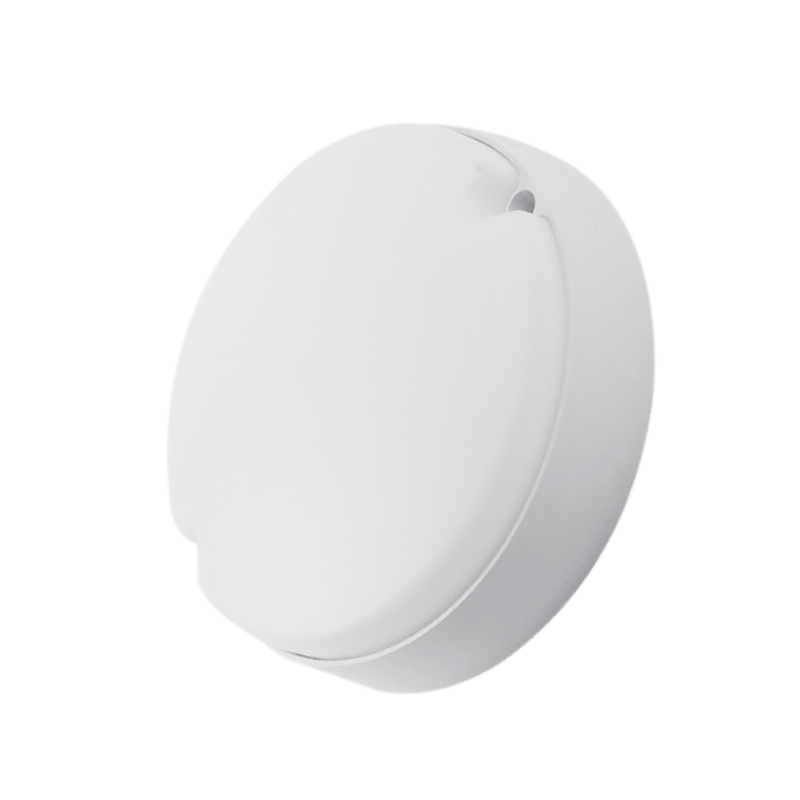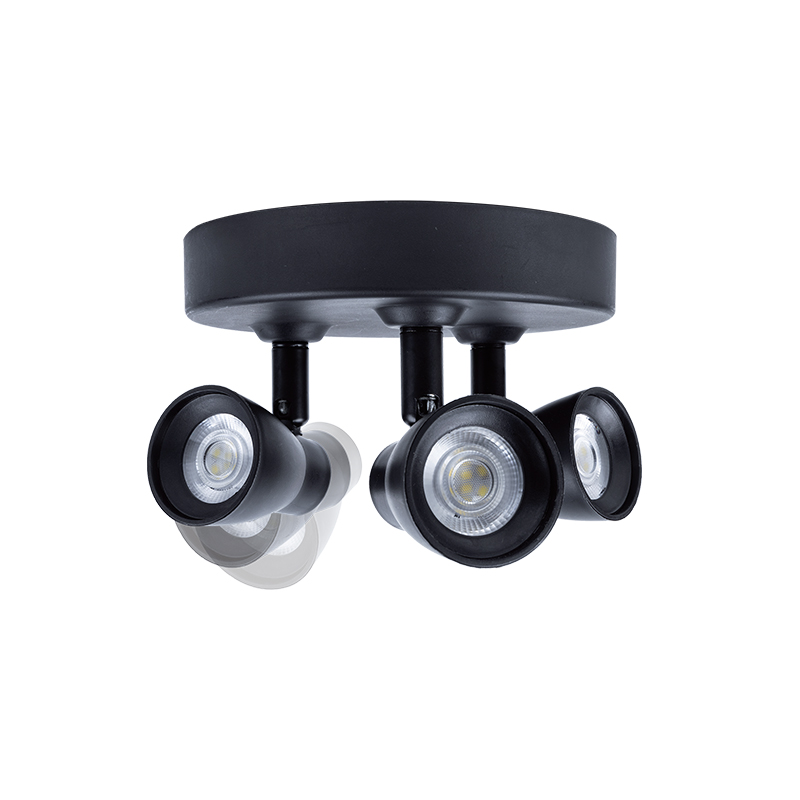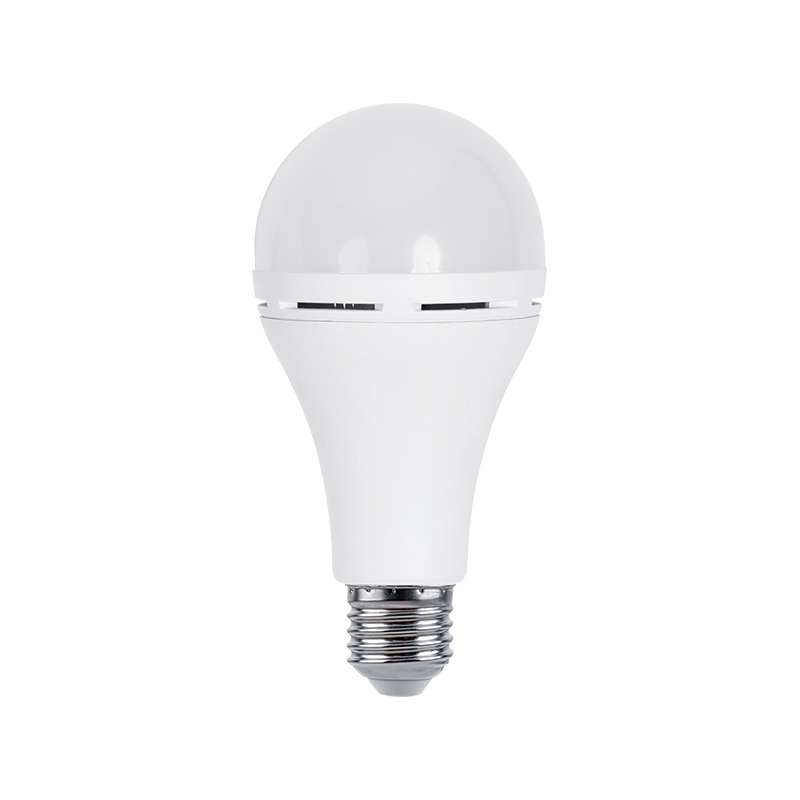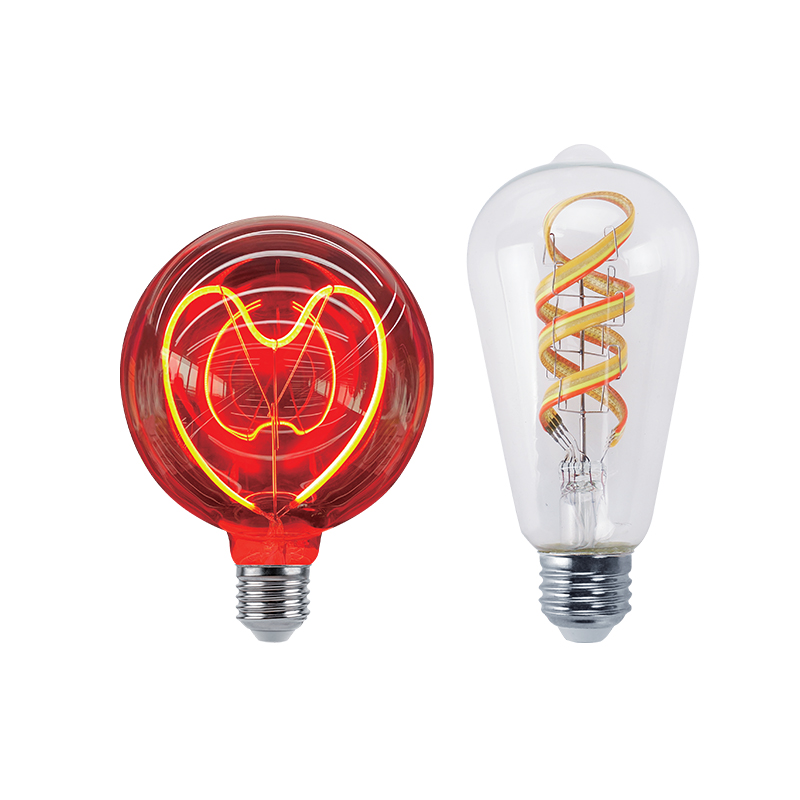We sincerely look forward to establishing a long-term development partnership with you with good quality and professional services.
Sealing methods of waterproof LED lamps
The sealing performance of waterproof LED lamps directly affects their service life and safety. Common sealing methods include the following:
1. Silicone gasket sealing
- Principle: Install silicone gaskets at the joints of the lamps (such as lamp housing and lampshade, wiring ports, etc.), and use the elasticity and weather resistance of silicone to achieve waterproof sealing.
- Advantages: Easy installation, removable maintenance, suitable for IP65~IP67 protection level.
- Applicable scenarios: outdoor wall lamps, street lamps, garden lamps and other lamps that require regular maintenance.
2. Glue filling process sealing
- Principle: Pour waterproof colloids such as epoxy resin or silicone into the interior of the lamp, and form an integrated waterproof structure after curing.
- Advantages: Strong sealing, suitable for high protection level (IP68), moisture-proof and corrosion-resistant.
- Applicable scenarios: underwater lamps, buried lamps, LED lamps exposed to humid environments for a long time.
3. Ultrasonic welding or laser sealing
- Principle: The plastic shell is fused by ultrasonic or laser welding technology to form a seamless seal.
- Advantages: No additional sealing material, high structural strength, suitable for small high-protection lamps.
- Applicable scenarios: portable waterproof LED flashlights, industrial explosion-proof lamps, etc.
4. O-ring + thread locking structure
- Principle: Add an O-ring to the threaded interface and squeeze the rubber ring to achieve sealing by tightening the structure.
- Advantages: Low cost, suitable for waterproof spotlights and floodlights with adjustable angles.
Waterproof sealing test standards
To ensure the reliability of waterproof LED lamps, strict sealing tests are required. The main standards include:
1. IP protection level test (IEC 60529 / GB 4208)
IPX1~IPX6: Spray test (simulating rain scouring at different water pressures and angles).
IPX7: Short-term immersion in water (1 meter water depth, 30 minutes).
IPX8: Continuous diving (the manufacturer specifies the depth and time, usually ≥1 meter, more than 1 hour).
2. Air tightness test (ASTM D4991)
The air tightness of the lamp is tested by air pressure or vacuum, and the pressure change is observed to determine whether there is leakage.
3. Temperature cycle test (IEC 60068-2-14)
The durability of the sealing material is tested in a high and low temperature alternating environment (such as -40℃~85℃).
4. Salt spray test (IEC 60068-2-52)
Simulate coastal or industrial environments to verify the corrosion resistance of the seal (usually more than 96 hours are required).
5. Long-term aging test
Continuously operate in a constant temperature and humidity chamber (such as 85℃/85% humidity) to observe whether the sealing performance deteriorates.

 English
English Español
Español Deutsch
Deutsch






